

deep insights, facts & figures

DIY courses are enjoying growing popularity in Mexico, a country which is still young in terms of do-it-yourself. Participants learn skills with which they can either save money or earn a bit extra in these times of economic crisis
The economy in Mexico is continuing to fall farther behind. Many Mexicans are looking for additional sources of income in order to make ends meet. The solution for many of them is to enrol in DIY courses. This allows them to earn some money, or to save on the cost of repairs in their home or workshop. Having recognised the tendency in this relatively young DIY market, the industry is offering courses for all possible target groups, from housewives to labourers, from engineers whose careers have been cut short, to entrepreneurs who want to acquire a special competence and offer more services. Such courses are a means to establishing a culture of do-it-yourself in this market, the potential of which has not been exhausted by a long way. They create links not only to the local building industry but also to the employment authorities and schools of technology, design, decoration and architecture, according to Liliana Ledesma, who is responsible for a training programme in cooperation with two companies, Comex and Lafarge, in Guadalajara. “These courses are held in the Comex distribution centres throughout the country,” she reports. “They are directed at dealers, building contractors and anyone else interested in the concept.” That makes it possible for many women to take part in these courses. Not only working women but housewives as well, who want to learn new skills so that they can carry out minor repairs in the home or tap into an additional source of income. Comex, which sees itself as the market leader for paint in Mexico and maintains its own network of 3 000 specialist shops in Central America, says that scarcely 16 per cent of the population knew in 2009 that the company offers DIY seminars. Today, by contrast, nearly 40 per cent think of these establishments when looking round for guidance, especially since the outlets also carry Surtek and Marshalltown tools. Needless to say, the seminars provide information on the use of Comex’s “Plaka” dry wall system. Held in parallel to these are other courses on the installation of lightweight building board for students, engineers, companies, dealers and the general public. It seems that the taboo on lightweight methods of construction in a market dominated by brick and concrete has been overcome. The flexibility of this system is becoming increasingly highly rated in the building trade. Course participants must be over 15 years old to achieve this qualification – as well as both literate and numerate (which…
Related articles
Read also

 Menü
Menü



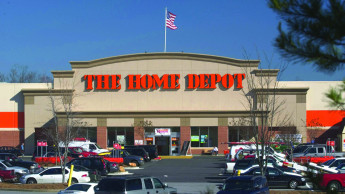

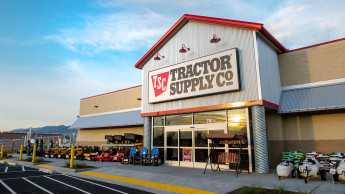

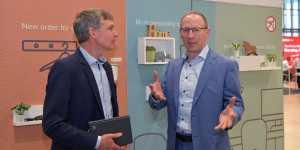

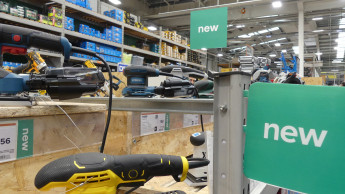
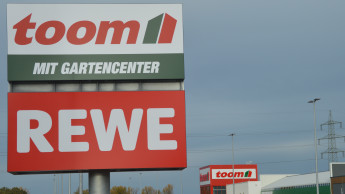

 Newsletter
Newsletter